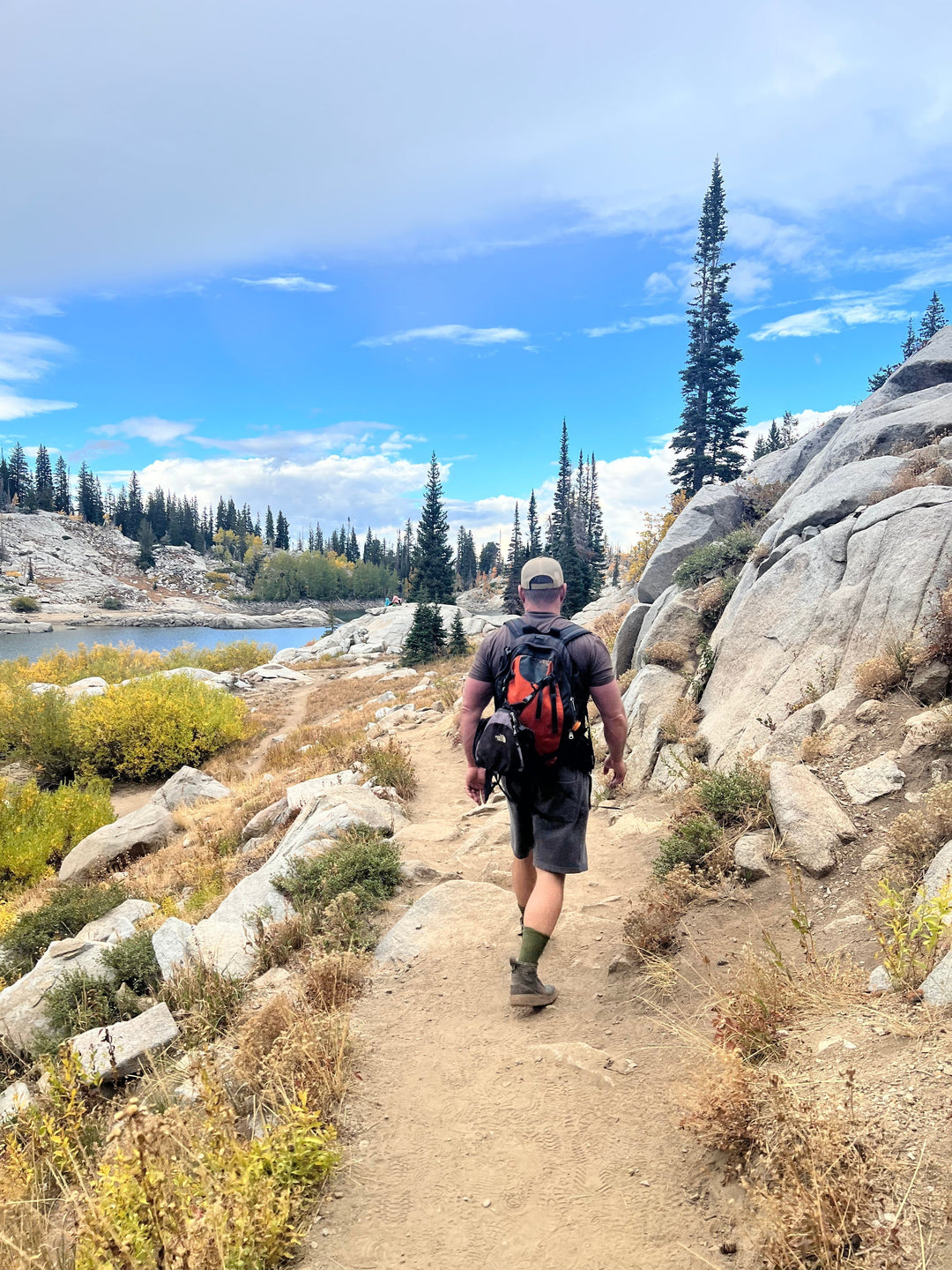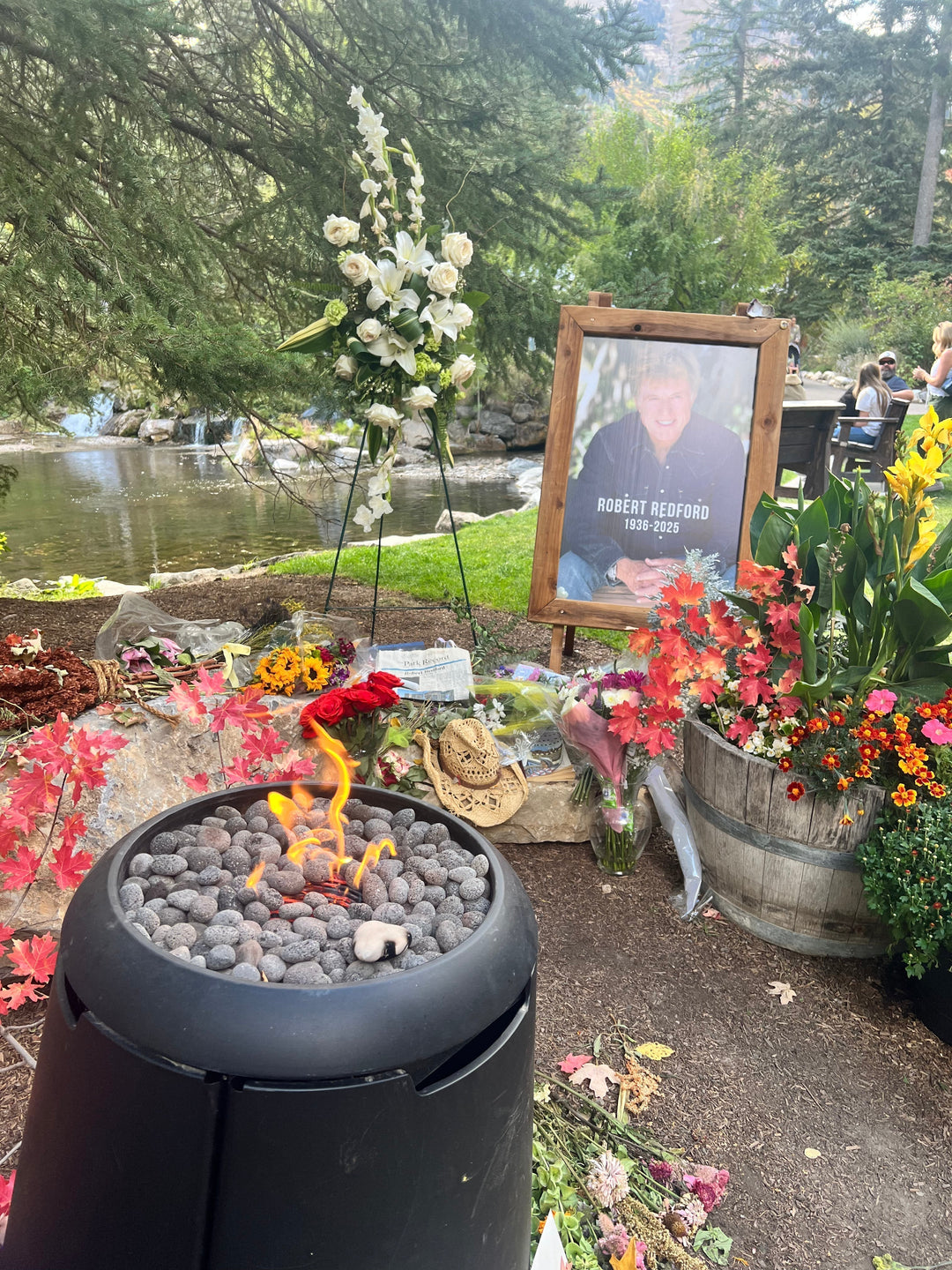Why Are People So Much Nicer on the Trails?

Turns out, there’s science behind it.
We’ve all felt it: that noticeable difference in how people treat each other when you’re out on a trail compared to, say, sitting in traffic or scrolling through the comments section of a news article. On the trail, strangers often smile, step aside to let you pass, and sometimes even stop for a friendly chat about conditions, wildlife, or routes. As we all know, that same basic kindness can be much harder to find in other parts of modern life. So what gives?
Stressful Environments Bring Out the Worst in Us
Think about driving in rush hour. Everyone’s cramped in steel boxes, running late, surrounded by noise and congestion. It’s no wonder tension runs high—your brain is flooded with stress hormones like cortisol and adrenaline. The same thing happens online, where anonymity, constant notifications, and the pressure to react quickly create an agitated mental state. When our stress response is triggered, patience and empathy are usually the first things to go.
Nature’s Reset Button
Now contrast that with a quiet trail in the mountains or a walk through the forest. Studies have shown that spending time in natural settings lowers cortisol levels, reduces blood pressure, and improves mood almost immediately. Psychologists call it “attention restoration”: the idea that nature gives our overworked brains a chance to reset. When you’re calmer, you’re naturally more open, more patient, and more generous with others.
Shared Experience, Shared Humanity
There’s also a quiet solidarity among people on the trails. Everyone you pass has made a conscious choice to step away—from screens, from traffic, from the constant noise of modern life. They’ve come searching for something more elemental. Out there, even a quiet nod feels less intrusive and more like recognition: you get it too. It’s an unspoken connection between people trying, in their own ways, to restore something that the world keeps wearing down. Compare that to a crowded subway or a Facebook debate, where the unspoken message is more often you’re in my way or you’re my opponent.
On the trail, there’s no blaring horns, endless ads, or political shouting matches. It’s just the crunch of your boots, the rhythm of your breath, the wind through the trees. In that quieter space, kindness and courtesy have more room to surface.
Bringing Trail Energy Back to Everyday Life
Of course, there are exceptions. Every hiker comes across someone blasting music from a speaker, or a trailhead littered with energy bar wrappers or dog waste bags left behind. But these moments stand out precisely because they are exceptions. The overwhelming majority of people on the trail seem to understand the unwritten code—to tread lightly, to leave no trace, to respect the land and each other. It’s that quiet mutual respect that keeps the trails what they are: sanctuaries, not just for solitude, but for decency.
Psychologists call it environmental priming—the way our surroundings subtly influence our emotions, thoughts, and behavior. When we’re trapped in loud, crowded, or competitive spaces, our brains stay on alert. We’re more reactive, more defensive, more self-focused. But when we step into natural environments, everything changes. Heart rate slows. Cortisol drops. The parts of the brain tied to empathy and reflection light up again. We remember how to breathe.
Maybe that’s the deeper reason we keep coming back: not just for the views, but for the reminder that kindness still comes naturally, when the world around us does too. So next time you’re hiking and someone offers a smile or a nod, think of it not just as trail etiquette, but as proof of how our environment shapes us.








Leave a comment